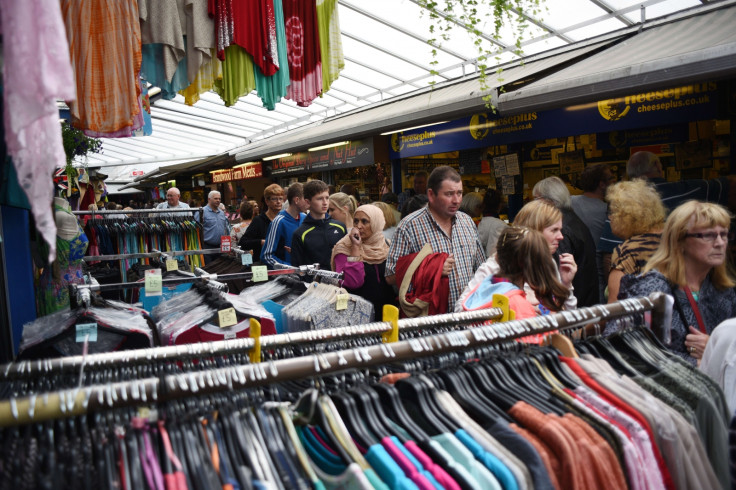UK inflation spikes to two-year high as clothing and fuel cost more
Increase in the prices of fuel, clothing and computing equipment drove headline rate higher in November.

UK inflation rose to its highest level in over two years, according to official data released on Tuesday (13 December).
The Office for National Statistics said inflation, as measured by the Consumer Prices Index, came in at 1.2% in November, up from 0.9% in October.
The figure was the highest rate on record since October 2014, when it stood at 1.3%. A break-up of ONS figures suggest much of the monthly rise was driven by increases in the cost of fuel, clothing, restaurants and hotels.
The ONS also said data processing equipment was also among the main contributors to the increase in the rate. However, lower air-fares, food and drinks prices partially offset the monthly rise from being even higher on the back of a weaker pound.
Ben Brettell, senior economist at Hargreaves Lansdown, said the sterling weakness continues to raise the cost of inputs for British businesses, and there are signs these cost increases are slowly being passed on to consumers.
"This in turn could hit consumer spending, which has so far held up well despite Brexit-related uncertainty. October's fall looked like a blip, and today's figures mark a resumption of an upward trend. However, the effect of the weak pound, assuming it doesn't fall much further, is a one-off factor which will fall out of the figures in due course. "
The Bank of England expects inflation to climb throughout 2017, hitting a high of 2.7%, and remaining above the 2% target until 2020. However, some City forecasts see a sharper rise to as high as 4%.
Market reaction to the figures was muted at 9:48am GMT, with the pound trading marginally higher and the FTSE 100 a mere 0.27% higher.
The Bank of England's next monetary policy meeting is on Thursday (15 December). Swap markets imply a 27% chance of a UK interest rate rise by the end of 2017, and a mere 3% chance they will be higher than 0.5%.
© Copyright IBTimes 2025. All rights reserved.






















